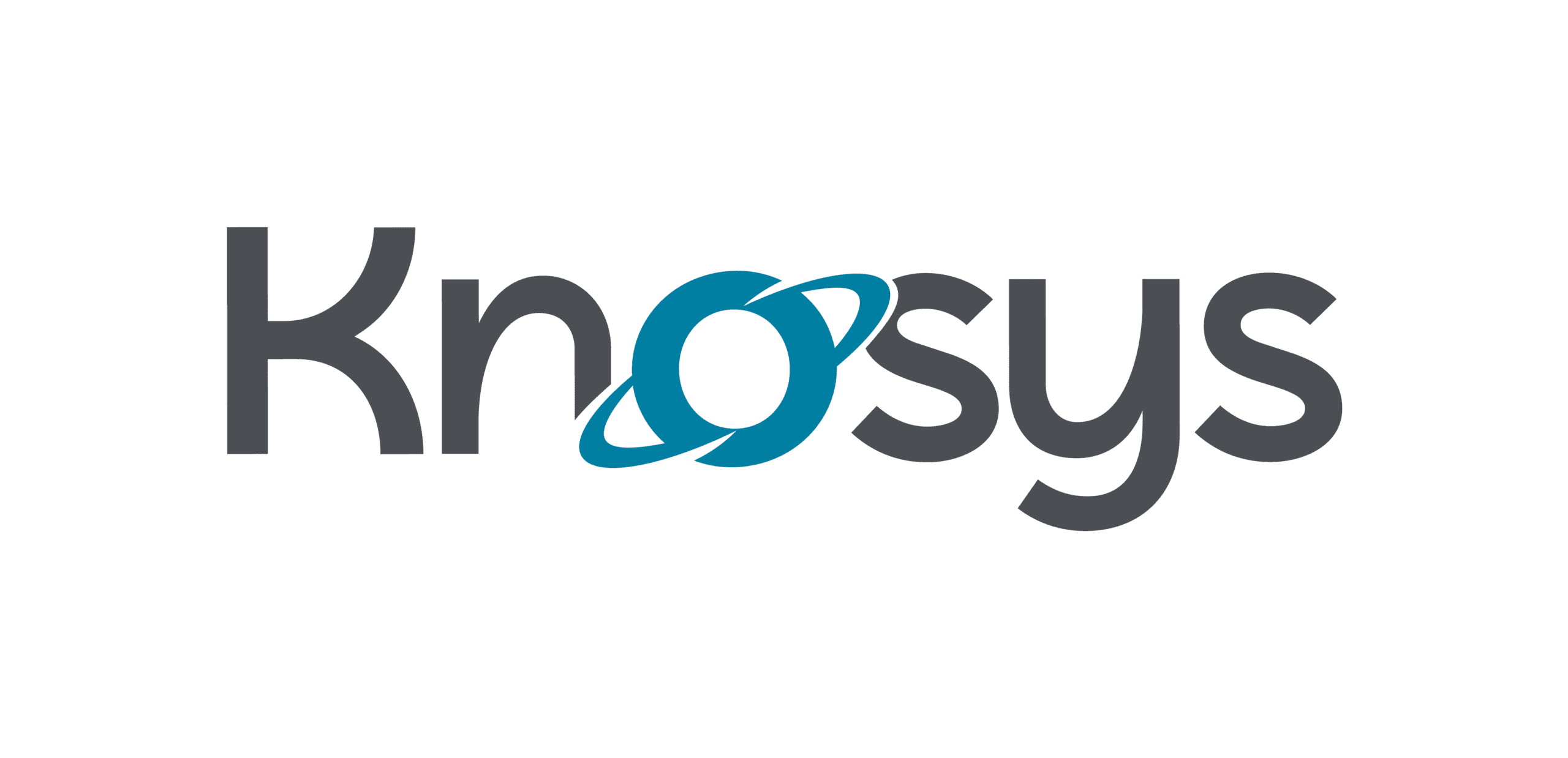The future of modern workplaces is not necessarily the open-plan, utopian technosphere that you imagine. Despite being told to knock down the walls and put a ping pong table in the centre of the room – the productivity police are crying foul. Could it be that the workplaces of the future are closer to old working models than the fresh ones we’ve been enforcing with sledgehammers, Nerf bullets and bake offs?

When it became not just trendy but essential to ‘unbox’ the worker and create open spaces and open dialogue, a few things significantly changed – but it wasn’t in the projected trajectory. We may have begun collaborating more and it’s helped to destroy the infamous silo, but productivity hasn’t followed. The issue with open workspaces just as with group assignments at school, is that it doesn’t recognise the creative and analytical power of the introverts, or the ‘distractive’ nature of the extrovert. Research has even shown face-to-face interactions decreased when spaces were opened up, with collegaues in one study spending 72% less time interacting, choosing instead to converse via web chat and email (The impact of the ‘open’ workspace on human collaboration, Bernstein and Turban 2018).
Empowering the introverts
In her Ted talk on the power of introverts, Susan Cain reveals a third to a half of the population are introverts and that means that one or two of every third person you know is somewhere on the introvert spectrum.
She explains that introversion is not being shy, it’s about how you respond to stimulation and that includes social stimulation.
Cain explains: ‘introverts feel at their most alive, switched on and their most capable when they’re in quieter, low-key environments. It doesn’t mean that we should stop collaborating, but it does mean that solitude matters’.
‘Groups famously follow the opinions of the most dominant or charismatic person in the room even though there is zero correlation between being the best talker and having the best ideas.’ (Susan Cain, Ted 2012, The Power of Introverts)

For start-ups, technology companies, government agencies and contact centres forced to ‘compete with cool’ some of the most productive working environments for their staff’s personalities and needs are not catered for. On the contrary, the extrovert’s environment is favoured. It’s constructed to create what we’re told is the modern working environment. It’s start-up culture, it’s hipster – it’s great for coming together and discussing ideas but not for pensive conception of ideas. The place where ideas are born has been diminished in favour of where and how they are discussed. This is problematic.
Introverts are forced to do their thinking under the gaze of their peers, with their thoughts fighting for headspace among meetings, banter and constant interruption.
These team members are often labelled as anti-social and made to reinvent themselves. It’s a shame – why can’t we encourage both personalities, especially when it comes to leadership roles? Improving your employee experience and productivity means identifying the unique differences of people within teams and allowing both autonomy and collaboration when it’s needed.
Make collaboration fluid, not forced
Hot-desking is not as sexy as it sounds. Some people love it, they love the change of pace, the change of scenery, but for those like me who have an orderly-chaotic desk full of notes, and reference books and pictures of their baby, or dog, or feline friend. This is our safe place, the place where we feel comfortable enough to get lost in our work.
We don’t need forced social interaction; we just need a place to collaborate that suits everyone. We enjoy choice, which is why when you have a platform for sharing information and develop a culture for sharing information – it starts to happen naturally, without the need for massive physical changes to our work environments.
Compromise for the remote worker
The rise of the gig economy too at first seems to favour the remote worker. But this is the person who must work harder and push with vigour to ensure their work is noticed and their efforts impactful. It may take a more ‘modern’ approach to embrace remote working, but it takes a significant dedication to make that work! – it’s not a place for someone who doesn’t care: for a slacker, but it can be a place that works well for your business if approached in the right way.
Making compromises that fit with individual learning, working and creating needs is more effective than making changes based on what’s trendy. Trendy doesn’t pay the bills and it doesn’t dictate where the innovation happens. Your people do that!
Create a space where everyone can thrive – it might just be as easy as logging on
Regardless of the current set-up of your office or your organisation’s ratio of introvert to extrovert – you can create a place that’s safe for your people to share ideas – that’s also safe for your data. You can use it to schedule team events or express feedback without requiring everyone to stand up, jump around or fire rounds of blue foam at each other. This space can be introduced slowly and built around the needs of all your teams, your company goals and culture and the needs of your customers.
Choosing a digital space is one way to circumnavigate a lot of the problems within your organisation without having to completely reconfigure your physical spaces – or move them entirely. Whether you are open to remote working, hot-desking or allowing your teams to create their own segmented spaces – having a well thought out knowledge management system that offers simple and succinct processes for keeping everyone and everything together, is one way to establish a modern workplace that’s future-proofed – regardless of what’s on trend.
Keep talking to each other, keep playing ping pong if that’s your thing – but don’t forget the heads down, bums up, headphone wearers that might just be creating and curating the magic – quietly behind the scenes. They don’t want silos either but do let them have their box when they need it.
If you found this post interesting or thought provoking, we have more:
{{cta(’47c1523e-a5f3-4d8c-b44c-dad84c683742′)}}
To find out how the KIQ Cloud Knowledge Management platform can help future-proof your workplace, request a free demo today.
{{cta(‘eb16da3c-cf0d-40b9-ae60-a8f84996a712’)}}
Sign up to the Knosys KIQ Cloud newsletter for the latest news delivered bi-monthly to your inbox.
